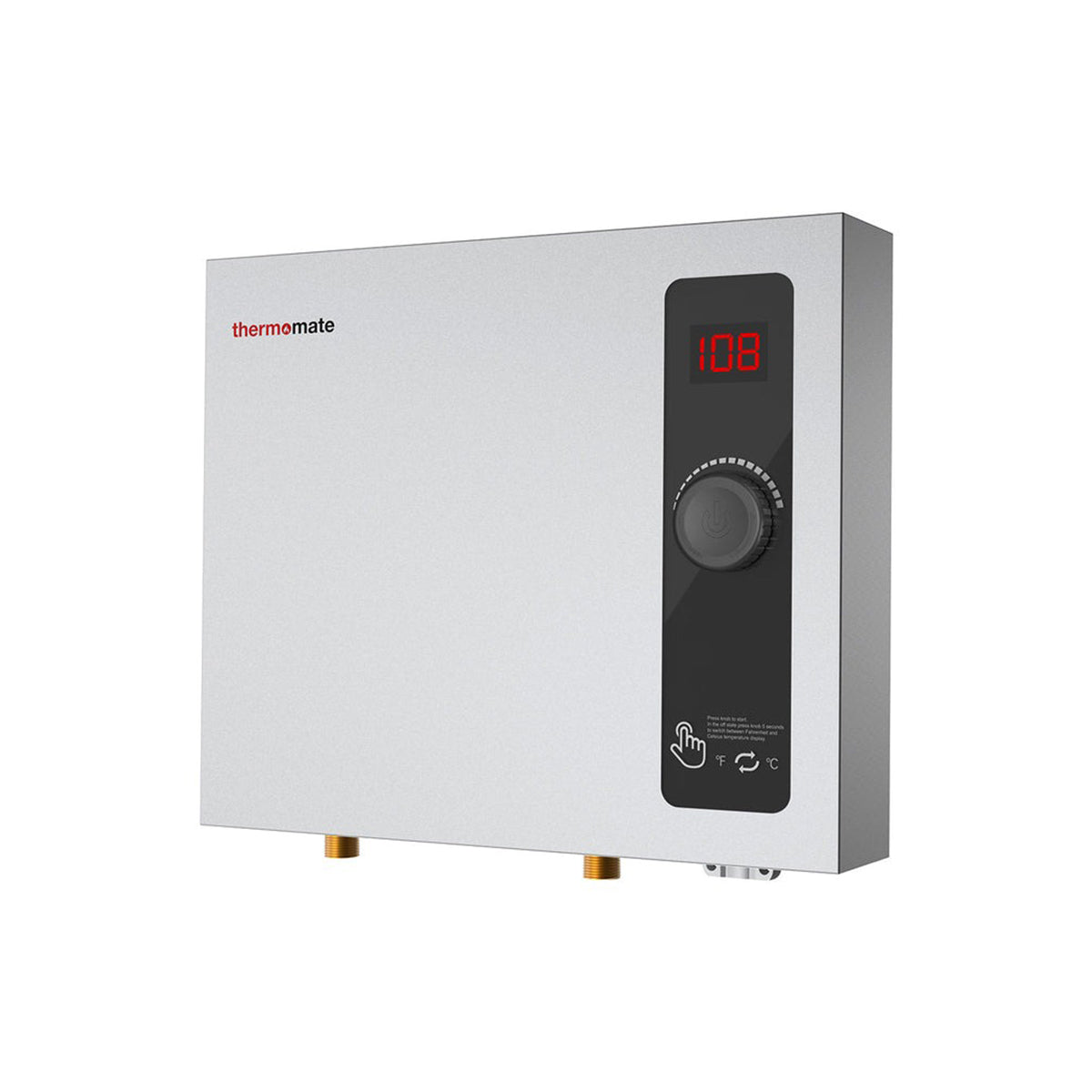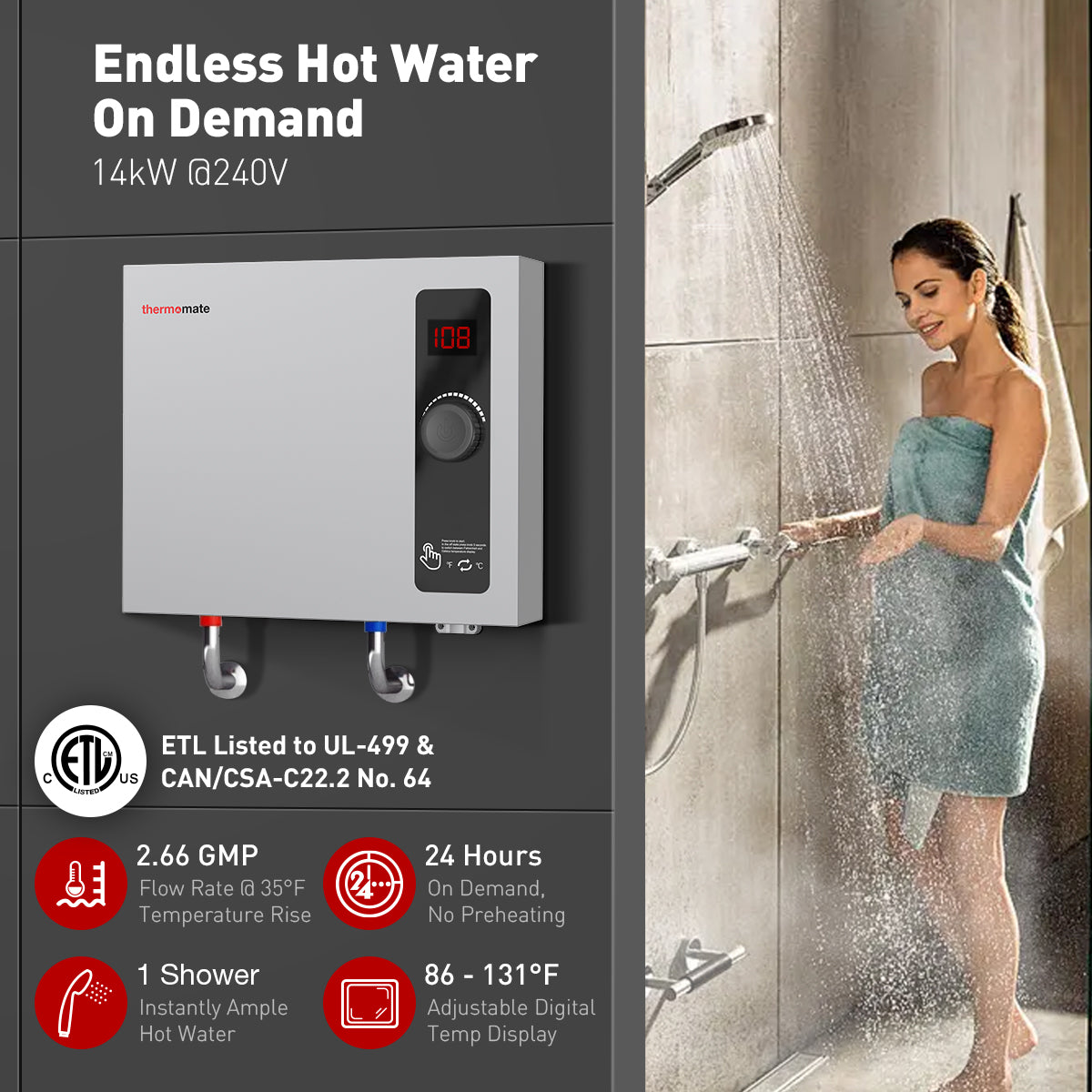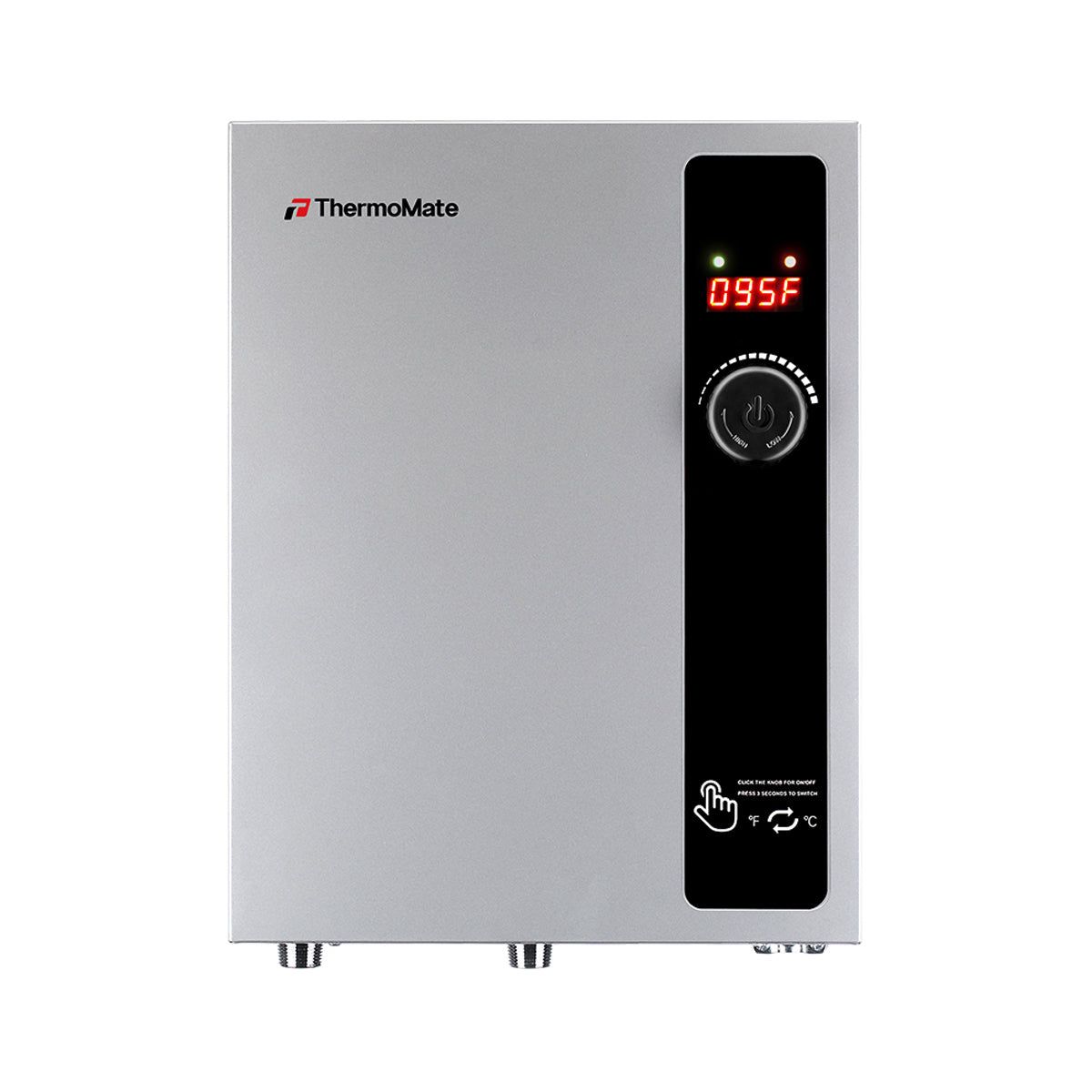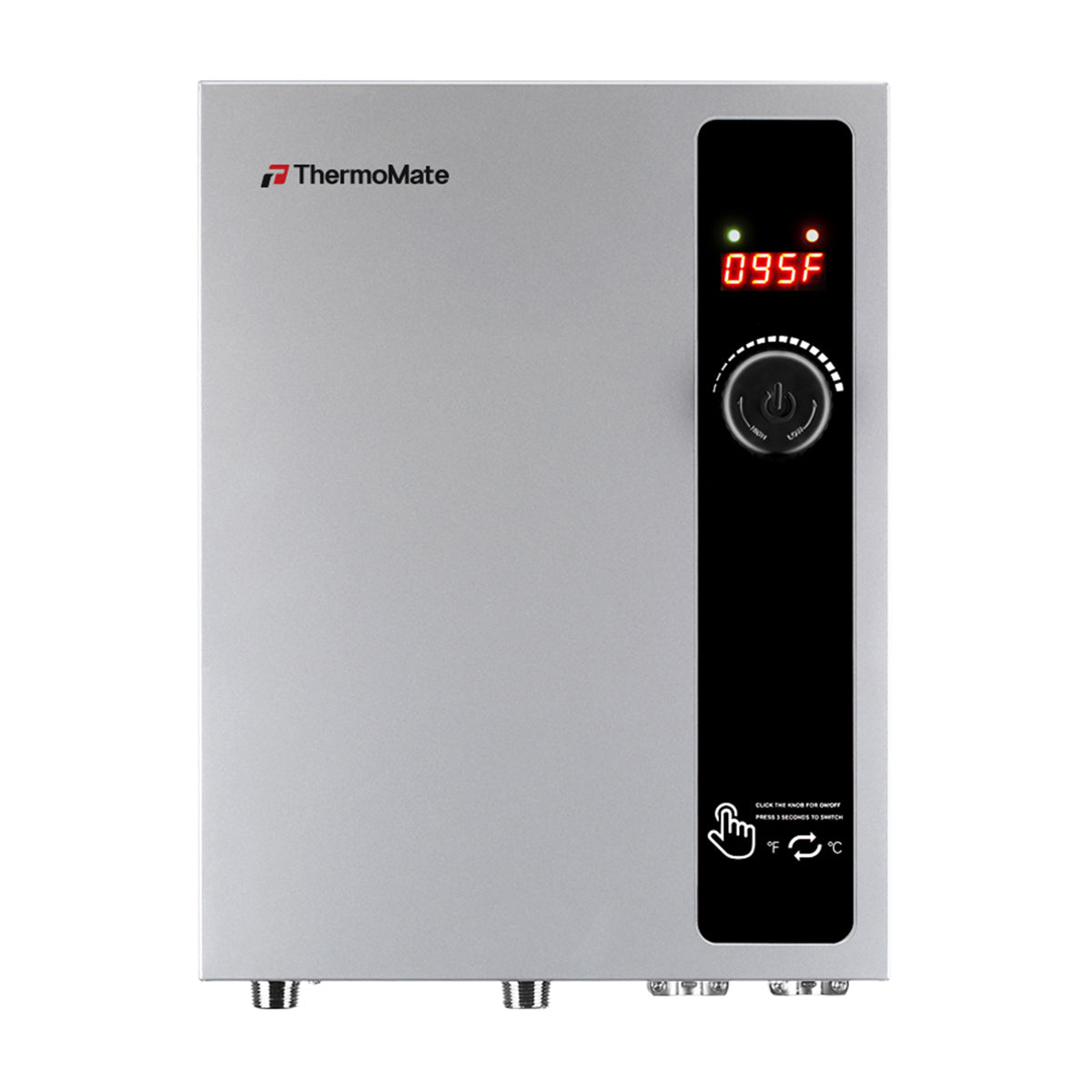Is an Infrared Heater Worth It?
Have you ever felt chilly while standing in the shade but feel nice and toasty once you step into the sunlight? This is because infrared light from the sun is absorbed by your skin and clothing and, therefore, warms your body.
Infrared heaters create heat that is very similar to the sun. Infrared light isn't visible because it's beyond the spectrum we see. That invisible light gets absorbed by our skin, clothes, and other objects, which is how things around an infrared heater warm up.
It is warmer in direct sunlight than in the shade because the shade blocks out a lot of the light, and like our natural big outside heater, infrared heaters in your home will only warm areas directly in front of it.

How do Infrared Heaters Work?
Infrared heaters are composed of a heating system and a reflector. The heating system converts electrical energy or chemical energy from fuel sources into thermal energy. The reflector then directs the thermal energy produced by the heating system as radiant heat to the objects in its surroundings.
Reflectors greatly determine the efficiency of an infrared heater. They must have high reflectivity and must absorb minimal radiation from the heating system in order to store less heat. Their shapes and contours are designed to bend the infrared waves to space and prevent them from bouncing back. Other desirable properties of reflectors are high resistance to corrosion and moisture, the ability to withstand high temperatures during their service life, and the ability to be easily cleaned.
Reflective materials that are commonly used are aluminum, stainless steel, ceramics, and quartz. Some reflectors are plated with gold or ruby to increase their reflectivity and focus more heat on the surrounding objects.
It's hard to make generalizations about infrared heaters since there are so many different specifications. Infrared heaters can be powered by electricity, natural gas, or propane. Different heaters will have different maximum output levels, different controls, and different designs.
However, there are a few benefits, and drawbacks, that generally apply to all infrared heaters. They are becoming an increasingly popular way for people to heat up their homes and workplaces during the cold winter months, and it's definitely a heating option worth considering.

Benefits of Indoor Infrared Heater
Instant Heat
Most heaters work through convection, gradually heating the surrounding air and letting it circulate until it's permeated the entire room, but infrared heaters emit a precise beam of heat that warms you directly by throwing out a steady stream of heat particles. With infrared heaters, you don't have to wait to warm up with you step in from the cold, like with ordinary heaters. Infrared heaters start emitting infrared light as soon as they are turned on and since they are warming bodies and objects and not the air they take almost no time to get you warm. They're also great if you're sitting on the couch or at your desk because their heat is focused on you and not the entire room.
Silent,Gentle & Healthy
Infrared space heaters work silently since they don't use a fan - they just radiate light! They're great for noise-sensitive environments such as bedrooms.
Hot coils are wrapped over the heat source so heat is transferred evenly. The heat is reflected by a polished metal so it extends out for several yards, creating a gentle, comfortable source of warmth.
Infrared heaters are also actually "healthier" than other heaters since they do not reduce humidity or oxygen content in the room. Other heaters can dry out your sinuses and skin, as well as cause static electricity.
Since these heaters produce the same type of heat as the sun, you can enjoy the benefits of natural sunlight without the dangerous effects of UV radiation. The infrared heat will even promote healthier blood circulation.
Cost-Effective & Environmentally Friendly
Infrared heaters won't add any pollutants to your room. They operate without any carbon combustion, no toxic by-products, no open flames, and no fuel lines. Essentially, infrared heaters don't add anything to the air, and they don't take anything from the air.
Since they warm only specific areas and objects, you don't waste energy heating an entire room. There's also no need to preheat a room since these heaters work instantly. Some use only 300 watts of electricity and almost 100 percent of the heat created is transferred out, so you can get super-efficient heating for a very low cost.
Does not Require Much Maintenance
The maintenance for infrared heaters is extremely minimal. Since there are no moving parts, there's no motor to wear out, air filters to replace or lubrication required. All you have to do is periodically clean the reflectors to keep your unit working perfectly. And ensure that the remote control is not lost.
Stylish Design and Does not Take Up Space
Some models of infrared space heaters are actually quite stylish too! Air & Water offers many infrared heaters with a furniture-like wood finish that complements most decor. Heaters are usually an eyesore, but it's possible to find an infrared heater that you can proudly display. Many are also very compact and portable. Many can be hung above the house without taking up much interior space.

The Cons of Infrared Heaters
Light-Emitting
An infrared heater will emit an orange glow. Though this may not bother some people, and the brightness will vary between models, this type of portable heater may not be ideal for your bedroom at night if you are sensitive to light while sleeping.
Limited Warmth Distribution
Infrared heaters only heat things in their direct line of heat distribution so they are not ideal for heating large spaces or spaces where individuals are regularly moving around. For some, zone warming may not be ideal, and it could feel very limited if you're moving around a room a lot. Radiant heat only travels in a direct line, so multiple people may not benefit from one heater at the same time. While some are powerful enough to warm an entire room, but they always work best on objects in their immediate vicinity.
No Heat When Turned Off
Since infrared heaters do not heat the air and only the objects or bodies the infrared light hits, once the heater is turned off the warmth it once provided quickly fades.Since the air in the room is not actually warmed, the room will lose heat very quickly. In comparison, an oil-filled heater will continue to warm even after the unit is off because it takes time for the heated oil to cool down.

Are Infrared Heaters For You?
Infrared heaters have many costs and health benefits. It provides more comfortable warmth since it does not heat the air, and is cheap and efficient to use. New safety features also make many models safe to use in homes with children or pets. Infrared heaters do use less energy, so it still might be a more cost-effective and energy-efficient option, especially if you don't need to heat an entire room for long periods of time.
For a more wide-ranging, constant heat source, other types of heaters work best. If, however, you want to heat a very specific area quickly, infrared space heaters are for you!
📧If you have any questions about the product, please feel free to send an email to support@thermomate.com.
📧If you want to be a distributor or want to cooperate in product evaluation, please send an email to marketing@thermomate.com.






